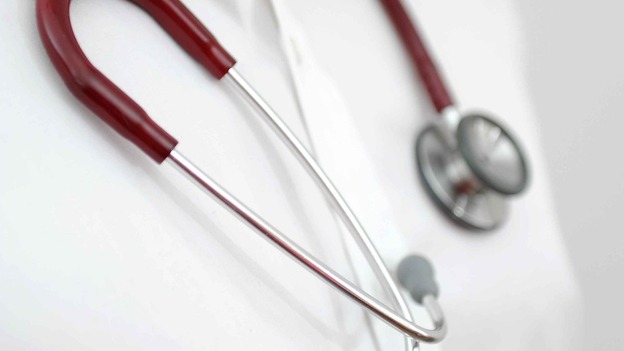Every once in a while we see the results of experiments that remind us of how dirty everyday objects like our cell phones and women’s handbags can be, and a new study sheds a similar light on a device routinely seen at the doctor’s office.
The study’s findings were published in Mayo Clinic Proceedings and announced in a press release Thursday. Researchers with University of Geneva Hospitals compared the amount of bacteria found on doctors’ hands and their stethoscopes by evaluating 71 patients after seeing one of three physicians who used sterile gloves and stethoscopes.
After inspecting the stethoscope’s tube and diaphragm (the metal circle placed on the skin) and four regions of each doctor’s hands, results indicated that the medical device’s diaphragm harbored more bacteria than the hands, except for the fingertips. The stethoscope tube, meanwhile, showed more bacteria than the back of the physicians’ hands.
Scientists also concluded that from use to use stethoscopes can potentially contain methicillin-resistant S.aureus (MRSA) bacteria, which can cause infection, after looking at MRSA-colonized patients.
“By considering that stethoscopes are used repeatedly over the course of a day, come directly into contact with patients’ skin, and may harbor several thousands of bacteria (including MRSA) collected during a previous physical examination, we consider them as potentially significant vectors of transmission,” Dr. Didier Pittet said in the press release.
Pittet was the lead researcher in the study and is director of the infection control program and World Health Organization Collaborating Centre on Patient Safety at the University of Geneva Hospitals.
“From infection control and patient safety perspectives, the stethoscope should be regarded as an extension of the physician’s hands and be disinfected after every patient contact,” he added.








